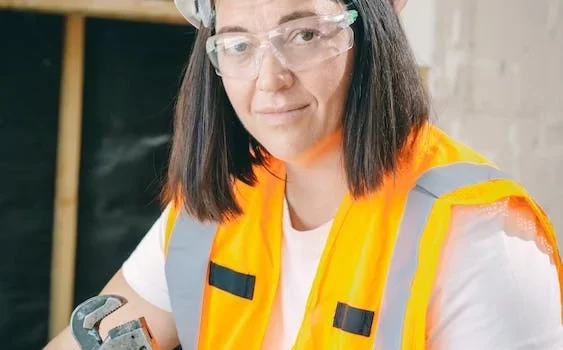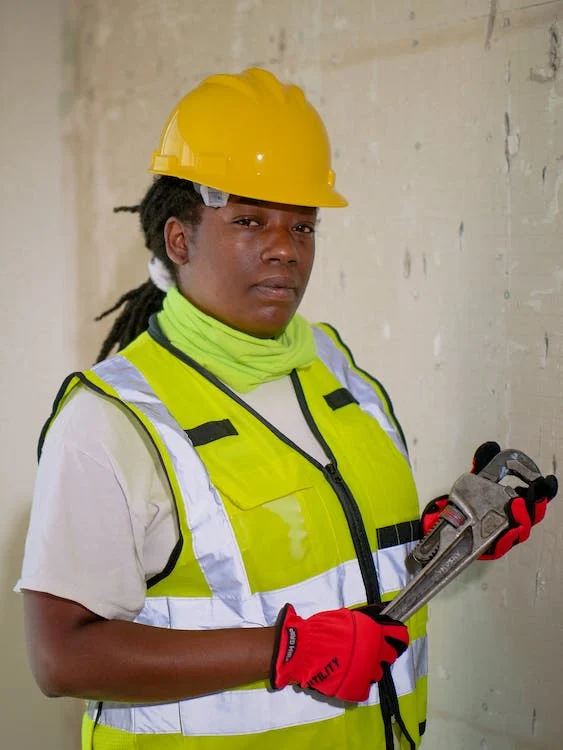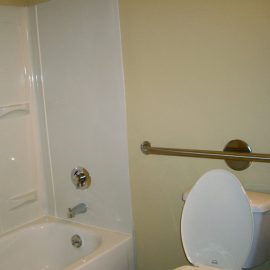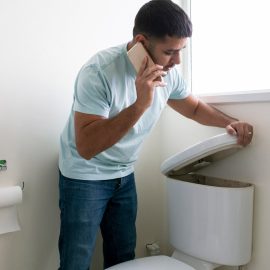
Why Use PE (Polyethylene) Fittings?
Polyethylene (PE) is the most used material for underground fluid networks (including drinking water and gas). The fittings are the essential accessories but also their weak point. In this post, we will look at why it is necessary to use the fitting best suited to the requirements of the installation.
Why use PE fittings?
The fittings are the extension of the pipes to which they are connected. The cohesion of the whole requires that their characteristics be harmonized.
The best way to achieve this is to use the same material (polyethylene) for the pipes and fittings. However, it is legitimate (and common) to use different types of fittings (polypropylene, resins, brass, stainless steel, etc.), provided that they meet the specific requirements of the site concerned.
4 main families of PE fittings
All polyethylene fittings are not universally used, so it is essential to know the limits of use of each.
1. The welded fitting
Like the pipes, the welded fitting is made of thermoformed polyethylene. There are 3 welding techniques: poly-fusion (butt-welding), electrofusion (resistance integrated into the fitting during manufacture), or extrusion (by adding molten PE). These fittings are the quintessential PE connections.
The advantages are guaranteed reliability, longevity, pressure resistance, and complete compatibility with the pipe’s characteristics and flanged joints.
The disadvantages are:
– unremovable;
– expensive special welding equipment;
– not available for diameters < 20 mm;
– implementation by a specialized operator.
They can be used on all installations (domestic and industrial), including fuel gas, compressed air, etc.
Good to know: Due to its high price, the electro-welded fitting is reserved for sensitive installations.
2. The compression fitting

Compression fitting combines several materials (polyethylene, polypropylene, resins, or metal). It consists of a fitting body (sleeve, elbow, tee), an O-ring (often nitrile), a support ring, a locking ring, and a clamping nut.
The advantages are multiple:
– simple assembly without special tools;
– dismountable;
– versatile;
– good performance;
– operating pressure between 10 and 20 bar.
It can be used in the following installations:
– pressurized systems, drinking water, hot water (max. 80°C), cold water;
– domestic and industrial networks;
– watering;
– irrigation;
– drainage;
– swimming pools;
– gas (special fittings).
Good to know: it is the PE fitting of choice for self-construction.
3. Slip-on or crimp fittings
Intended for PER, PEX, or multi-layer pipe connections, the slip or crimp fitting is rarely used for PE. It comprises 2 or 3 elements: a fitting body with a notched nipple (inserted into the pipe), an outer ring to be slipped or crimped (+ a nut for removable screw fittings).
The advantages are:
- Its reliability and longevity.
- Quick assembly.
- Its versatility.
- The pressure of use is between 10 and 20 bars.
On the downside, note that it requires specific tools. Its dimensions are limited. Finally, the connections must remain accessible.
It is used in the following installations:
– pressurized circuits, drinking water, hot water, cold water;
– domestic and industrial networks;
– watering;
– irrigation.
Good to know: it is the product most used by professionals.
4. The spigot and socket fitting
The male spigot fitting (with nipples) is exclusively reserved for low-pressure circuits. Made of metal or polypropylene, it is often complemented by a stainless steel or synthetic clamp.
Among the advantages, we can underline its simple and fast assembly, usually without tools, and its low cost.
Among the disadvantages, it is reserved for low-pressure networks. Moreover, leaks are frequent.
It is used in the following cases:
– watering;
– drip and low-pressure irrigation;
– evacuation, drainage.
Good to know: there are also many special fittings for PE circuits: female notched fittings, quick couplings (± 1/4 turn), load connection clamps, repair clamps, bypass elbows, wall valve brackets, flange adapters, manifolds, bulkhead outlets, pre-insulated fittings, etc.
The price of PE fittings
Plumbing supply houses, hardware stores, and DIY stores sell these fittings.
Here are some examples of prices for a 90° elbow, Ø 25 mm:
– polyethylene – electro-weldable: about $50;
– polypropylene – compression: between $3 and $3.50;
– brass – slip-on: between $3.50 and $4;
– polypropylene – push-in: $0.90 to $1.60.
For special tooling, count:
– PE welding station: between $3,500 and $6,500;
– assembly kit for slip-on fittings: between $110 and $160.


